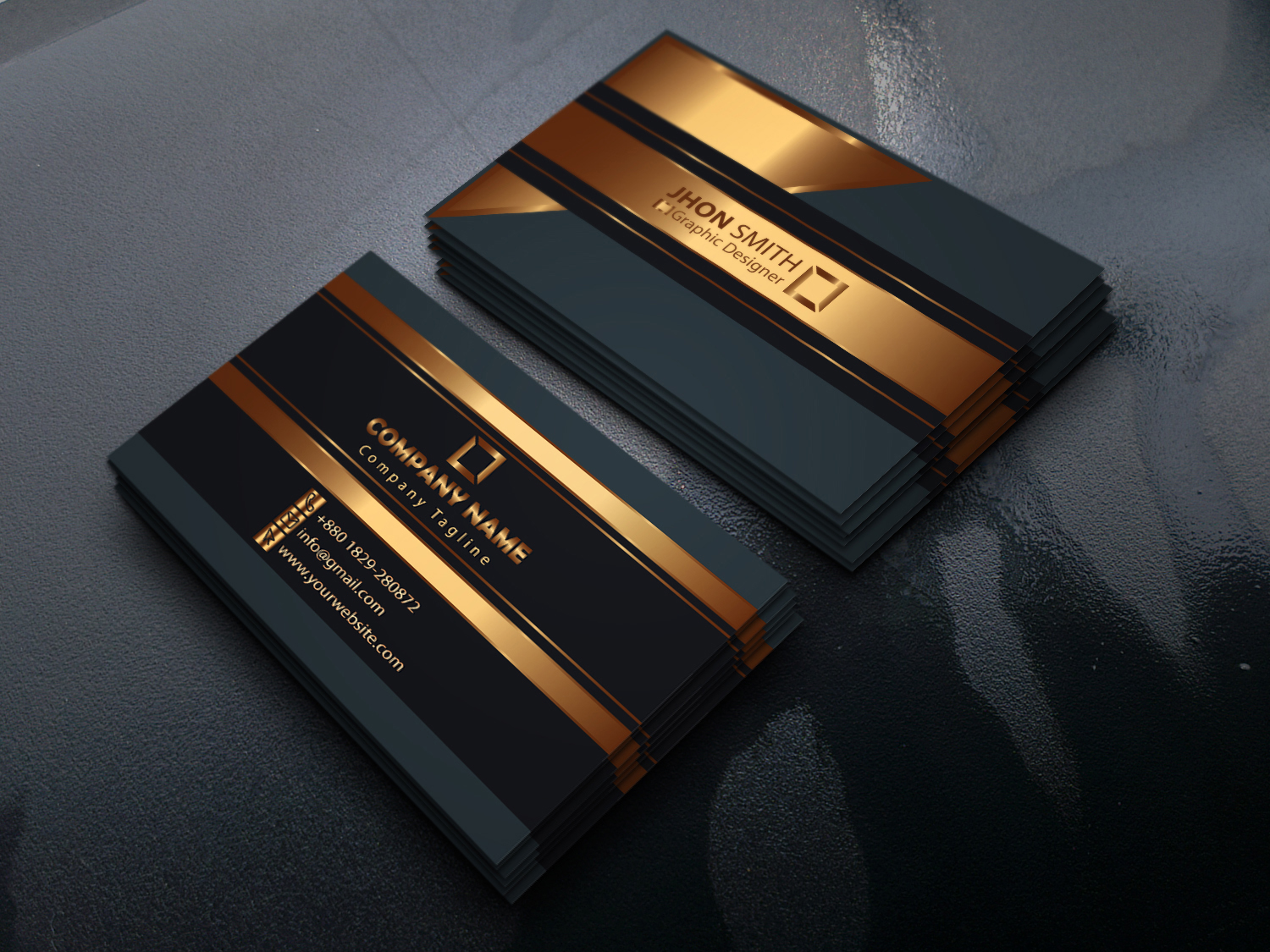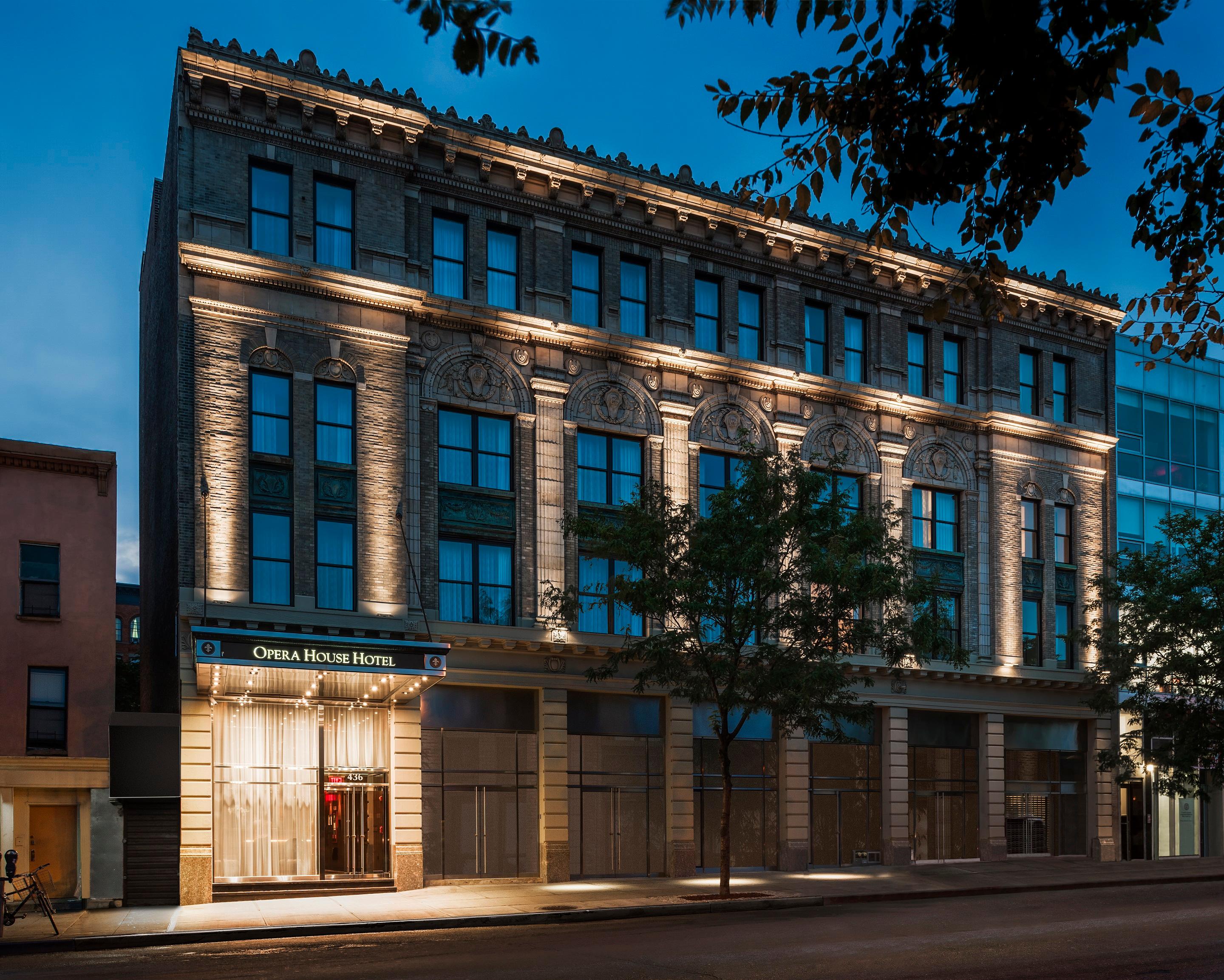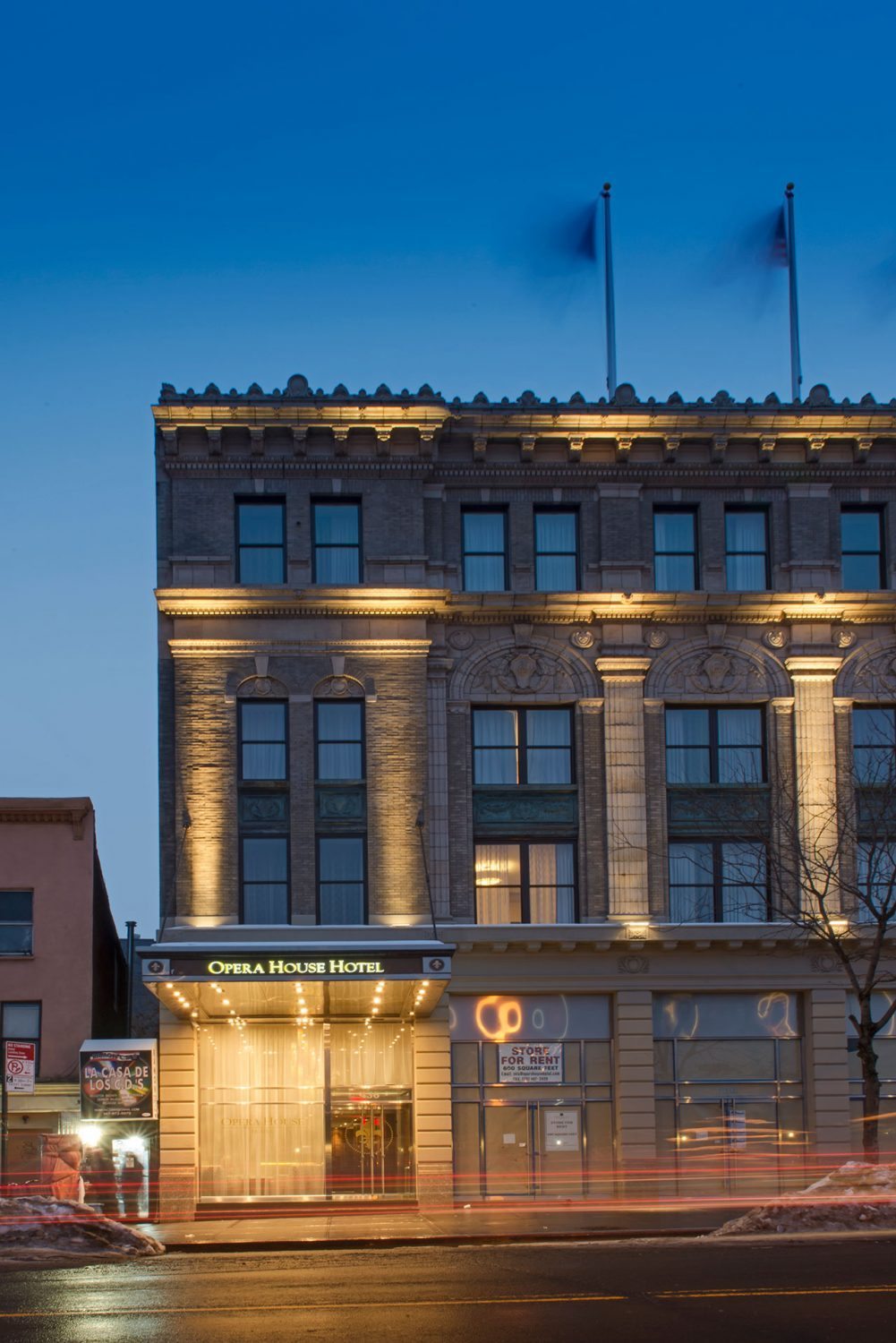Table Of Content

Something I got into the habit of doing when I was designing for clients was taking a photo of the finished mood board. I quickly learned this was helpful not only for filing and keeping track of samples, but for analyzing the room in 2-D. I also like to pop the image of my physical mood board into my digital mood board file to see how they compare and overlap. Often times, I’ll have multiple mood boards scheming simultaneously, so I use the same style tray for each room. For example, I’m currently working on our basement and entryway, each room has a physical mood board that evolves until the room is completed. These exist until the project is completed- I just tuck them into my home office credenza, out of the way.
Interior Design Visual Presentation, 6th Edition
What feels out of place and what could you adjust to improve the overall aesthetic? You can also experiment by pulling other small items from your home, adding and subtracting to see what plays nicely together. If your image isn’t looking “right”, it could be because you’re taking the photo too far away and all items are sitting in the frame. This can make the board look cluttered and takes away from the beauty of the products.
Color Wheel In Interior Design – The Right Way to Use It
When using natural materials, consider their maintenance requirements and how they will age over time. The Materials Resource Library holds a large collection of physical samples and online resources, including a subscription to a comprehensive online material database called Material ConneXion. Samples represent a wide range of both standard interior finishes, and more experimental materials. Learn how to design commercial, residential and hospitality interiors for rooms and buildings.
Start your Moodboard

One of the most difficult challenges for an architect or an interior designer is to be process-oriented. Today I want to share with you one of the bases of good interior design so that you can make your own process significantly better and improve your ability to create beautiful interiors. As always, the more you practice and source the web for continuous inspiration, the better your creative eye and in turn your flat lay and mood boards will become.
Through small class sizes and individual attention, we foster close mentoring relationships between faculty, staff and students. If you change your mind halfway through the project and cancel, the retainer covers the money they’ve spent on your project so far in time, furnishings, and contractor communication. Material certifications ensure that the materials used in construction and design meet certain safety and environmental standards. It’s also important to consider the materiality of your chosen materials. For example, if you’re choosing furniture, you might want to consider materials like leather or natural fabrics, which are less likely to emit harmful chemicals than synthetic materials. Surface treatments and finishes are crucial to achieve the desired look and feel of a space.
To stay within your budget, make sure all your decisions are set in stone before work begins, as every change in the design plan will result in higher fees. A retainer is typically paid upfront when signing the design firm's contract and is nonrefundable. The amount of the deposit is usually about 10% of the total cost of the project. A remote designer conducting the decorating portion of the work online may charge as little as $450 a room for design-only services. Interior design costs $5 to $17 per square foot (or more for high-end homes), with most homeowners spending between $7 and $12 per square foot.

If you want to create a calming and soothing atmosphere, consider using cool colors like blue, green, and purple. You can also experiment with textures and finishes, such as matte, glossy, or metallic. Natural materials like wood, stone, leather, cotton, and wool are a great choice in almost all design projects. Natural materials like wood and stone are durable and have a timeless quality, while synthetic materials like plastics and laminates are more affordable and versatile. Consider the durability, texture, color, and maintenance requirements of each material before making your selection. When it comes to designing a space, choosing the right materials is crucial to achieving the desired aesthetic and functionality.
7 tools interior designers use to create mood boards - woodworkingnetwork.com
7 tools interior designers use to create mood boards.
Posted: Wed, 25 Oct 2023 07:00:00 GMT [source]
Consider incorporating elements of surprise and whimsy, such as unique furniture pieces or unexpected pops of color. If you want to create a warm and cozy atmosphere, consider materials that add a sense of comfort and relaxation. Soft and plush fabrics, warm and earthy colors, and natural materials such as wood can contribute to this ambiance.
Address:221 South Grand Avenue, Los Angeles, CA 90012, United States
Traditionally, interior designers have used mood boards to plan and communicate the look and feel of a space. For interior designers, mood boards offer a great deal of clarity on the design front. If you are wondering why you need a mood board, here are some reasons. Before you start layering a physical mood board, choose a neutral base for your swatches.
They will choose color swatches and arrange furniture in a way that reflects the desired style and mood of a room. Interior decorators also offer home staging services to increase your home's value when it's for sale. Interior designers will set up a contract with you itemizing everything they will do, and it will include how and when they want to be paid and how long you can expect the project to take.
When using neutrals, consider their undertones to ensure they blend seamlessly with other materials in your design. In today’s environmentally conscious world, incorporating recycled and sustainable materials into interior design has become increasingly popular. These materials not only contribute to a more eco-friendly space but can also add unique and innovative elements to your design. Consider materials made from recycled plastics, reclaimed wood, or repurposed materials. Not only will you be reducing your carbon footprint, but you’ll also be supporting sustainable practices. Assemble the samples on a physical or digital board, arranging them in a way that represents the different elements of your design concept.






